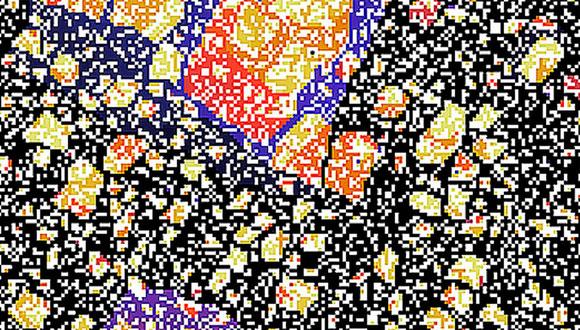סמינר לפיזיקה של מערכות ביולוגיות וחומרים רכים: Mechanisms to control membrane fusion efficiency by the virus and host
Gonen Golani, Haifa University
Abstarct:
Membrane fusion is a critical step in the life cycle of all enveloped viruses since they must fuse their membrane with that of the host to transmit their genome. Because of its importance, viruses evolved to optimize the efficiency, timing, and location of fusion in the cell. While the role of viral fusion proteins is well studied, we recently discovered two mechanisms viruses use to increase fusion efficiency. First, we demonstrated that the coordinated disassembly of the Ebolavirus matrix layer is crucial for lipid mixing and fusion pore expansion (S. Winter, G. Golani, F. Lolicato, et al., EMBO J., 2023). Second, we show that the virus shape, which varies between spherical to micron-long tubular in viruses such as Influenza, strongly affects the fusion energy barriers (G. Golani and U. S. Schwarz, Biophysical J., 2023). Contrary, the cell has evolved various mechanisms to inhibit viral fusion. An example of such is Interferon-Induced Transmembrane Proteins 3 (IFITM3), which are located in the endosomal membrane, where many enveloped viruses fuse. IFITM3s were found not to affect lipid mixing but to inhibit fusion pore formation. However, the mechanism facilitating that was unknown. Using a combination of cryo-EM, MD simulations, and elastic theory, we showed that IFITM3s induce cholesterol sorting between the virus and cell membrane, increasing the energy barrier for fusion pore expansion and the fusion time sufficiently long to allow virus degradation and prevent infection (S. Klein, G. Golani, F. Lolicato, et al., Cell Host & Microbe, 2023). These mechanisms of controlling fusion favorability are general and might be used by the cell to regulate fusion in its normal function.


